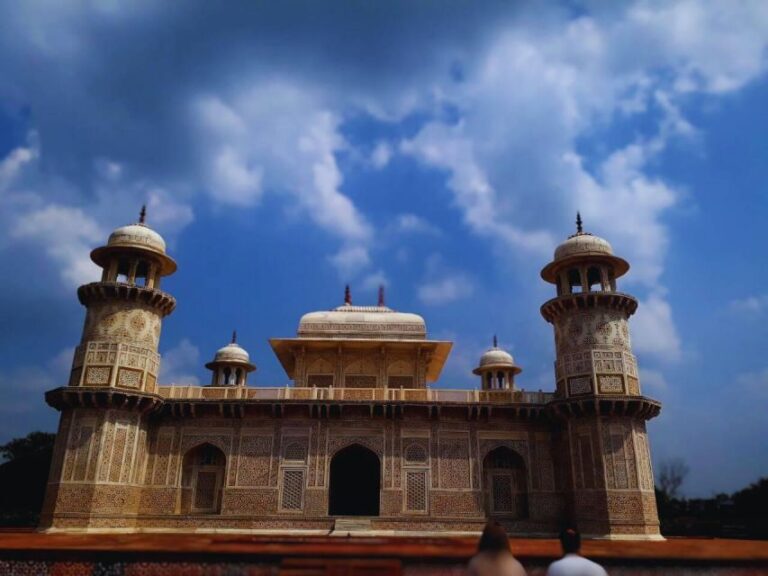Roof Prism vs Porro Prism Binoculars
Binoculars can be very confusing, especially when you consider the different styles and types out there. Whilst magnification should always be a massive factor in your decision when buying a set, so should the prisms that your new binoculars use too. They can be an indicator of the quality you’re going to get, as certain prisms are more expensive than others.
The two most common prism types around are the porro prisms binoculars and the roof prism binoculars. The names don’t really give us much of an indicator of how they work, so I’ll go through both of them in more detail.
Roof prism vs Porro prism binoculars
A simple difference between the two types of prisms is that porro prisms are cheaper to manufacture. This means if you have a small budget, they’re probably not the way to go. In comparison, for greater quality then roof prism binoculars will be better. They’re smaller, lighter and can deliver a great view.
This explains quickly which one may be better for your needs; but, it doesn’t really tell us how the two types of prism work. That’s what we’ll look at now, as well as the key points of each style.
Porro prism
The two prisms used in porro binoculars are not in-line with each other, instead favoring a sort of zig-zag design. This can be advantageous when in use, as it allows for more of a 3D image. When the light shines through your lens, it goes through an internal reflection process through both prisms. Whilst they have a 90° angle that the light reflects off, it enters and exits through a flat rectangular edge.
Porro prism binoculars have been around since the 1800s, and for many years, they were the go-to binocular for most people. This has changed in previous decades, though porro prisms still have a lot of good things going for them.
What to think about when buying porro prism binoculars
- Generally, porro prism binoculars cost less to make than roof prisms. This means if you’re looking for the best option and you only have an extremely limited budget, then opting for porro’s might be the better choice.
- This is partially because of the lack of need for high-priced coatings for the prisms themselves that you need with a pair of roof prism binoculars. This cost can add up quite quickly, and it’s not necessary with a pair of porro’s.
- However, many people aren’t a fan of the design and style of porro prism binoculars. They’re heavier and larger in size too, which means that they tend no to be very compact. This may not matter for astronomy, but it does for other activities (birdwatching etc).
So, when it comes to a compact set of binoculars, a pair of roof prisms are usually the way to go, and they’re much more popular nowadays. But you’ll likely want to get a high-end pair if you do opt for roof prisms, and here’s why.
Roof prism
Roof prism binoculars have a more complicated structure, and they require special coating on the prisms for them to work as well as porro prisms. The two prisms are in line with each other, and This enables the objective lens of the binoculars to be directly in line with the eyepieces. There are different styles of roof prism, but the two prisms will still meet at a 90° angle.
Because light passes through the prisms in a straight line as opposed to the porro prism style, they take up less width and size. This means that you can get greater magnification whilst simultaneously making a pair of binoculars that are more compact. This is a major factor in their huge increase in popularity.
It’s only in the last 60 or so years that roof prisms have become more popular. Nowadays, they outnumber porro prisms on the market, and they’re the more commonly found type of the two. But this doesn’t necessarily mean to say that they’re better.
Things to consider about roof prisms
- High end binoculars are typically going to be roof prism binoculars in the modern day. Most Canon and Nikon binoculars on the market will made with this prism type, as they’re more compact and lightweight.
- The way that roof prisms are designed means that they’re hardier and more resilient to any bumps or knocks they may receive over the years. They also cope better with the water and fog too, which is important for nighttime viewing.
- The main downside of roof prisms is that they’re more complex than porro prisms. This means that they cost more to make, and that cost is passed over to the consider. So, they’re more expensive for us to buy.
The Wrap Up
Overall, it may be worth looking at porro prisms binoculars if you only have $100 or so to spend on a new pair. They can give you better performance than a pair of roof prism binoculars at the same price, as they’re much cheaper to make. However, if you were to compare a pair of roof and porro prisms to each other with the same magnification, objective lens diameter and glass quality, then the roof prisms would be the smart choice (although they’re be more expensive as well).





